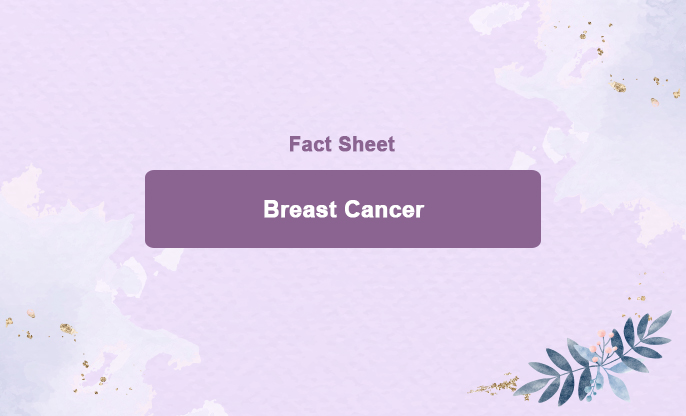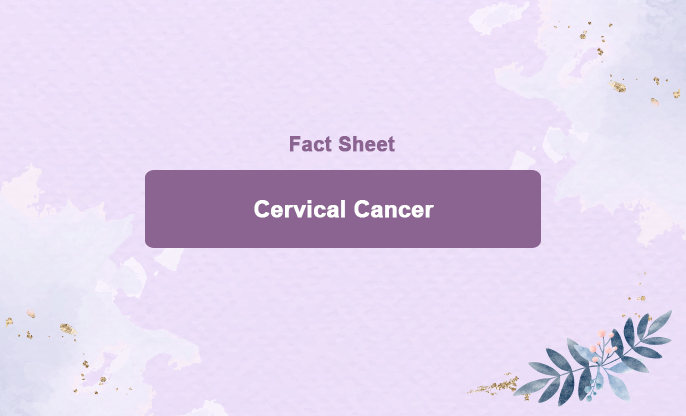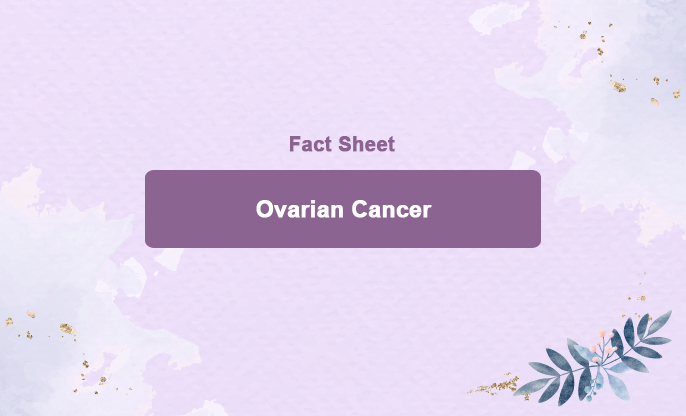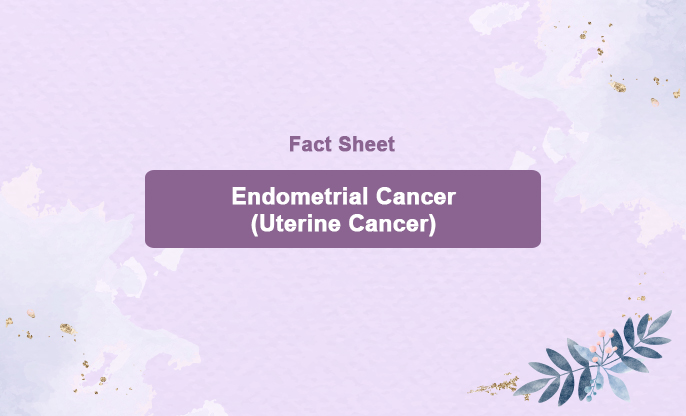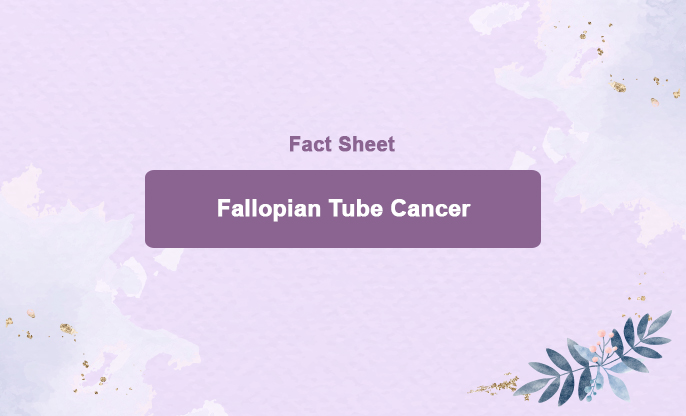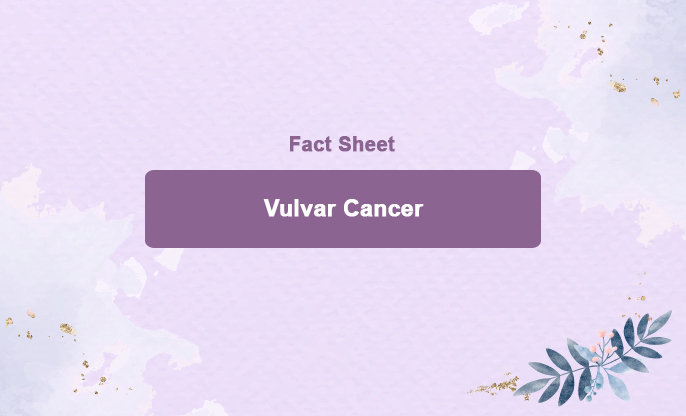
What is this?
Vulvar cancer develops in a woman's external genitalia, known as the vulva. This cancer occurs when cells in the vulva begin to grow uncontrollably. The vulva consists of:
The inner and outer lips of the vagina
The clitoris, the sensitive tissue located above the vaginal lips
The vaginal opening and its associated glands
The mons pubis, the rounded area in front of the pubic bones that becomes covered with hair during puberty
Vulvar cancer most commonly affects the outer vaginal lips, though it can also occur less frequently in the inner vaginal lips, clitoris, or vaginal glands.
This type of cancer typically develops slowly over many years. Abnormal cells may grow on the surface of the vulvar skin for an extended period, a condition known as vulvar intraepithelial neoplasia (VIN). Since VIN has the potential to progress into vulvar cancer, timely treatment is crucial.
Risk Factors:
Older age
High-risk human papillomavirus (HPV) infection
Vulvar intraepithelial neoplasia (VIN)
History of genital warts
Additional possible risk factors include:
Having multiple sexual partners
Early age at first sexual intercourse
History of abnormal Pap tests (Pap smears)
Signs and Symptoms:
A lump or growth on the vulva resembling a wart or ulcer
Persistent itching in the vulvar area
Bleeding unrelated to menstruation
Pain in the vulvar area
Treatment:
There are different types of treatments available for vulvar cancer.
Surgery
Radiation therapy
Chemotherapy
Targeted therapy
Immunotherapy
Surgery
Surgery is the primary treatment for vulvar intraepithelial neoplasia (VIN) and vulvar cancer. Various surgical procedures are utilized depending on the condition:
Treatment for VIN:
Separate Excision of a Lesion: Removal of a specific lesion of concern.
Wide Local Excision: Removal of the affected skin area along with some surrounding normal tissue.
Laser Surgery: Utilizes a laser beam to make precise, bloodless cuts in tissue or to remove surface lesions.
Ultrasound Surgical Aspiration: Breaks the tumor into small pieces using fine vibrations, which are then suctioned away, minimizing damage to nearby tissue.
Skinning Vulvectomy: Removes the top layer of vulvar skin where VIN is present. Skin grafts may be required to cover the area.
Treatment for Vulvar Cancer:
The objective of surgery is to eliminate all cancerous tissue while preserving sexual function. Procedures include:
Wide Local Excision: Removal of the cancer along with some surrounding normal tissue.
Radical Local Excision: Removal of the cancer and a larger amount of surrounding normal tissue, potentially including nearby lymph nodes in the groin.
Vulvectomy:
Modified Radical Vulvectomy: Removal of most of the vulva, with possible removal of nearby lymph nodes.
Radical Vulvectomy: Complete removal of the vulva, including nearby lymph nodes.
Pelvic Exenteration: A comprehensive procedure removing the lower colon, rectum, bladder, cervix, vagina, ovaries, and nearby lymph nodes. Artificial openings (stoma) are created for urine and stool to exit into collection bags.
Prevention:
Preventing vulvar cancer involves a combination of lifestyle changes, regular medical check-ups, and being aware of risk factors. Here are key strategies to help prevent vulvar cancer:
1. Regular Screening and Check-ups
Routine Gynecological Exams: Regular pelvic exams and Pap smears can help detect abnormal changes early.
Self-Examinations: Being familiar with your own body and regularly checking for any changes or unusual symptoms in the vulvar area.
2. HPV Vaccination
Human Papillomavirus (HPV) Vaccine: Vaccination against HPV, particularly the strains associated with cancer, can significantly reduce the risk of vulvar cancer.
3. Safe Sexual Practices
Reduce HPV Exposure: Using condoms and limiting the number of sexual partners can help lower the risk of HPV infection.
Regular Screening for STIs: Early detection and treatment of sexually transmitted infections can prevent complications.
4. Healthy Lifestyle
Avoid Smoking: Smoking is a risk factor for many cancers, including vulvar cancer. Quitting smoking can reduce this risk.
Maintain a Healthy Weight: Obesity has been linked to an increased risk of many cancers, so maintaining a healthy weight through diet and exercise is beneficial.
5. Manage Chronic Conditions
Control Diabetes: Proper management of diabetes can help reduce the risk, as uncontrolled diabetes can be a risk factor.
6. Prompt Treatment of Precancerous Conditions
Treatment of VIN: If vulvar intraepithelial neoplasia (VIN) is diagnosed, timely and effective treatment can prevent progression to cancer.
7. Awareness and Education
Education on Symptoms: Being aware of the symptoms of vulvar cancer, such as persistent itching, pain, or unusual growths, can lead to early detection and treatment.
Awareness Campaigns: Participating in and supporting awareness campaigns can help spread knowledge about vulvar cancer prevention and early detection.
8. Healthy Diet
Balanced Diet: A diet rich in fruits, vegetables, and whole grains, and low in processed foods can support overall health and reduce cancer risk.
